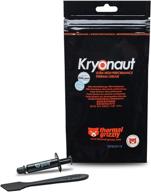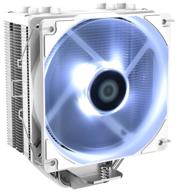
Review on XPG GAMMIX S11 Pro 512GB M.2 SSD AGAMMIXS11P-512GT-C by Stanislaw Koluch ᠌

I am amazed at how well the product is made, just magically!
As long as you like it. Before that, there was a 128GB SSD, and win10 pretty quickly occupied it all, although I installed programs on the neighboring HDD. I quickly figured out how to transfer information from an old SSD: 0. I did not find links to acronis on the box and did not download 1. There was a regular Acronis True Image 2022 not for a-data, but general. Installed on an external hard drive with WinRE, booted from it. 2. I created an image of an old SSD, it took about 10 minutes (surprised, because the external drive has a usb 2.0 interface, 480 mbps) 3. I disassembled the case, disconnected the battery, changed the ssd, turned on the battery, put everything back together. 4. In bios uefi found a new disk and installed boot from it. Here I had to suffer, I don’t remember why, but it didn’t load right away. 5. Booted from an external hard drive. I don’t remember at what stage I had to activate the disk using the GPT partition table entry. Most likely before restoring in the Gparted program from the Linux kit. 6. Recovered partitions using Acronis True Image 2022. For some reason, there were three of them, and not four like the original one, but after the restoration, all partitions appeared. It took about 6-7 minutes! And this one is 128 GB, albeit a sequential write with dd. 7. Again I suffered with uefi, but I managed to boot. 8. I go into disk management and expand the partition to 300GB, the rest is for Linux. By default, like the old one, and its size was 128GB. All! You can use further. I thought there would be problems with the activation of windows and office2022. It seems like there were no problems. PS. I learned that even in Win, data recovery from ssd is impossible, unlike hdd. I will store all important data on hdd, and only the system on ssd. You have to make backups.
- Value for money as of April 2022












